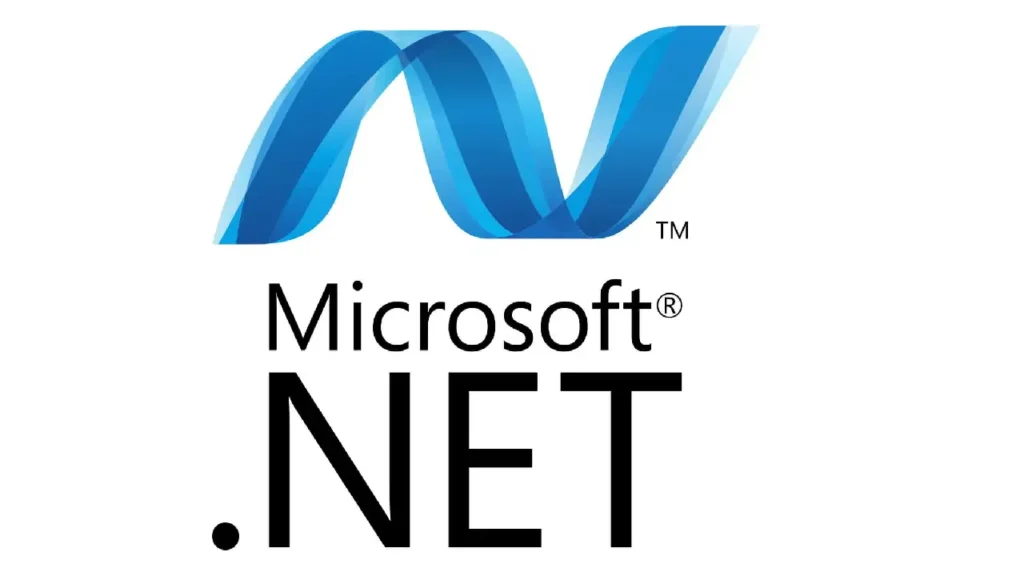Introduction to the .NET Framework: Key Components and Tools
The .NET Framework is a software development platform created by Microsoft, first introduced in the late 1990s. It officially launched on February 13, 2002, as .NET Framework 1.0. It helps developers build applications that can run on Windows, using various programming languages like C#, VB.NET, and Visual Basic.
In this blog post, we’ll explain what the .NET Framework is, its key components, and the tools developers use to build applications with it.
What is the .NET Framework?
The .NET Framework is a platform that allows developers to create applications that can run on Windows. It supports different programming languages, making it easier for developers to work with. Some types of applications you can build with .NET include web applications, desktop applications, and console applications.
One of the main features of the .NET Framework is that it is object-oriented, similar to the programming language Java. However, unlike Java, the .NET Framework only runs on Windows, meaning it is not platform-independent like Java.
Features of the .NET Framework
- Works with multiple languages: Developers can use several programming languages in the .NET Framework, such as C#, VB.NET, and more. All these languages can work together in one project.
- Object-oriented: Everything in the .NET Framework is based on objects, which helps make programming easier and more organized.
- Has built-in libraries: .NET includes a large set of ready-to-use libraries and tools that help developers create applications quickly and efficiently.
What is Visual Studio?
Visual Studio is the main tool used for developing applications with the .NET Framework. It’s an Integrated Development Environment (IDE), which means it provides everything developers need to write, test, and debug their applications.
Key features of Visual Studio:
- Supports many programming languages such as C#, Visual Basic, C++, Python, JavaScript, and more.
- Helps you find and fix errors in your code.
- Available for both Windows and Mac computers.
It’s a very powerful tool that helps developers work more efficiently and build applications quickly.
The Architecture of the .NET Framework
The .NET Framework has several important parts that work together to help developers create and run their applications. These parts are called components. Let’s look at the main components of the .NET Framework:
1. Common Language Runtime (CLR)
The CLR is the part of the .NET Framework that manages how code runs. It makes sure your code is executed correctly and helps with things like memory management and security. It also converts your code into machine code so that your application can run on a computer.
2. Common Type System (CTS)
The CTS defines how data types are used and understood by the .NET Framework. For example, whether you’re using C# or VB.NET, the data types like int (integer) are understood in the same way, making it easier for different languages to work together.
3. Base Class Library (BCL)
The BCL provides a set of libraries that developers can use to make their applications. These libraries help with basic tasks like handling data, reading files, and displaying information on the screen. It’s a big time-saver for developers!
4. Common Language Specification (CLS)
The CLS sets rules that all programming languages must follow in the .NET Framework. This ensures that code written in different languages (like C# and VB.NET) can work together without issues.
5. Framework Class Library (FCL)
The FCL is a collection of useful classes and tools in the .NET Framework. It includes everything needed to build applications, including things like how to interact with databases, create user interfaces, and more.
Other Important Components of the .NET Framework
6. .NET Assemblies
An assembly is a part of a program that is ready for use. It can be a DLL (Dynamic Link Library) or EXE (Executable) file. Assemblies are used to store and run parts of your application.
7. XML Web Services
XML Web Services allow different applications to communicate with each other over the internet. This is especially helpful when you want your application to interact with other web-based services.
8. Windows Services
Windows Services are background applications that run without user interaction. These services are often used for tasks like managing files or processing data.
Conclusion
The .NET Framework is a powerful and flexible platform that makes it easy for developers to create a wide variety of applications. Whether you’re building a desktop app, a web app, or something else, the .NET Framework has all the tools and components you need.
By using Visual Studio, developers can create and run their applications, making the process faster and more efficient. With its key components like CLR, CTS, and BCL, the .NET Framework remains a popular choice for developers working in the Microsoft ecosystem.
